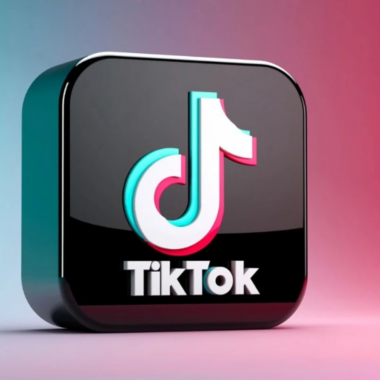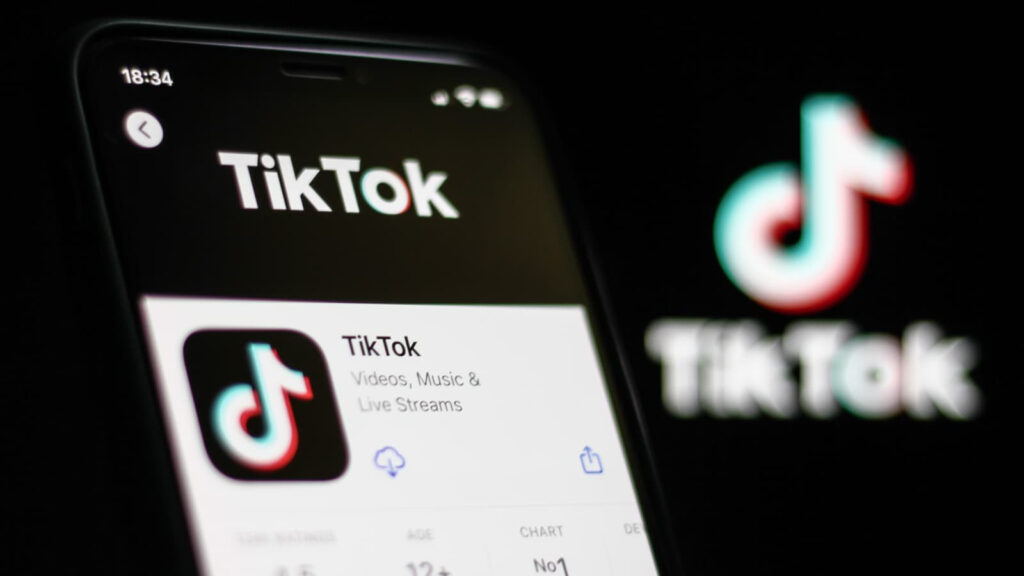In the realm of social media, TikTok has emerged as a cultural phenomenon, captivating audiences with its short-form video content and viral trends. Beyond entertainment, TikTok has also transformed the way we consume news offering a unique platform for news dissemination and engagement. This article explores the evolution of TikTok as a news source, examining its impact on news consumption habits and the challenges it poses to traditional media outlets.
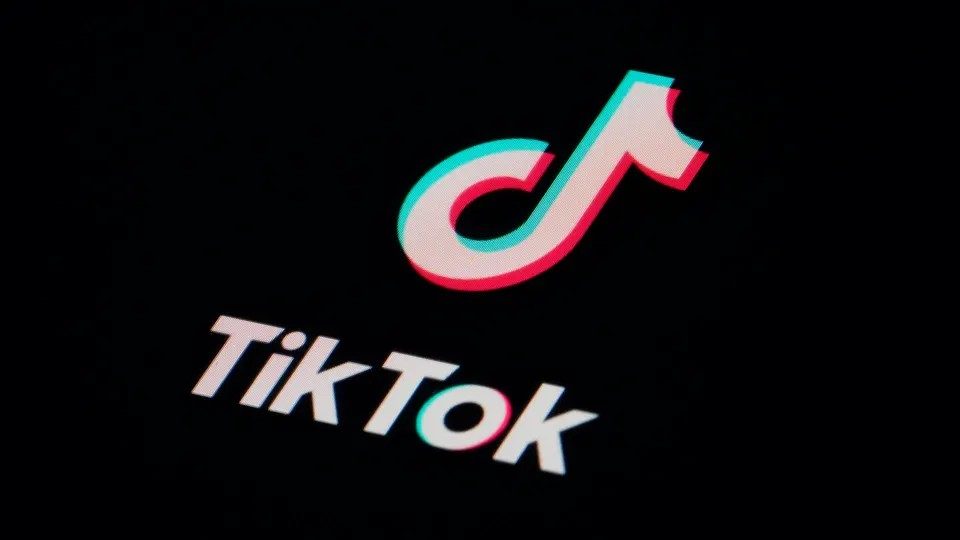
The Rise of TikTok: A Cultural Shift
TikTok burst onto the scene in 2016, initially gaining popularity among Gen Z users for its user-friendly interface and algorithmic content recommendation system. The platform’s emphasis on short-form videos, ranging from comedic sketches to educational tutorials, quickly garnered a dedicated following, propelling TikTok into the ranks of social media giants.
As TikTok’s user base expanded, so too did its content ecosystem, encompassing diverse genres and niches. Users flocked to the platform to discover the latest trends, connect with like-minded individuals, and showcase their creativity through bite-sized videos. TikTok’s democratized content creation model empowered individuals from all walks of life to become creators, blurring the lines between consumers and producers of content.
TikTok as a News Source: From Trending Challenges to Timely Updates
Amidst its entertainment-centric content, TikTok has emerged as a viable platform for news dissemination, offering users real-time updates and insights on current events. Hashtags like #BreakingNews and #TikTokNews have become hubs for news aggregation, allowing users to access curated news content tailored to their interests and preferences.
Citizen journalists and independent creators utilize TikTok as a medium to share firsthand accounts and perspectives on unfolding events, bypassing traditional media gatekeepers. From protests and political rallies to natural disasters and humanitarian crises, TikTok provides a window into the world, enabling users to engage with news in a more immediate and immersive manner.
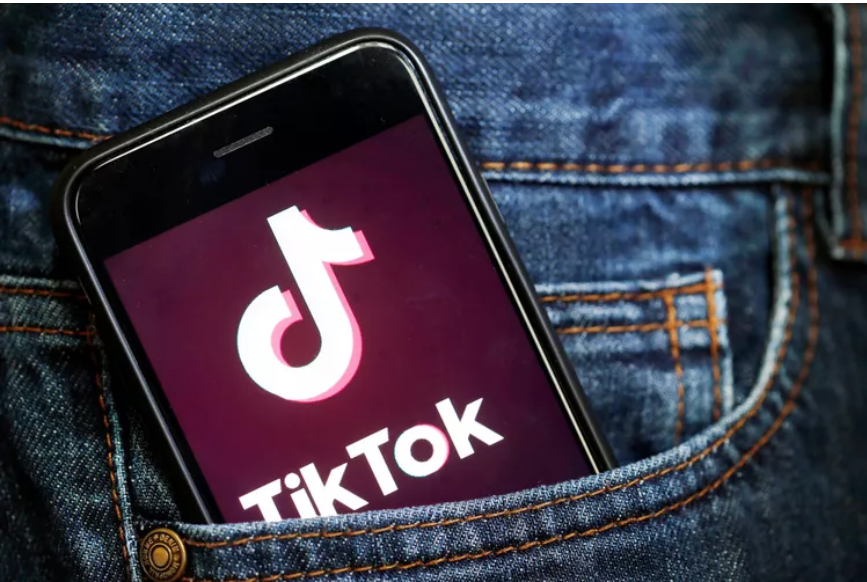
TikTok’s Algorithmic Advantage: Personalized News Feeds and Trending Topics
One of TikTok’s distinguishing features is its algorithmic recommendation system, which analyzes user behavior and preferences to deliver personalized content feeds. This algorithmic advantage extends to news consumption, as TikTok surfaces relevant news updates and trending topics based on individual interests and engagement patterns.
By prioritizing news content alongside entertainment videos, TikTok blurs the boundaries between leisure and information consumption, fostering serendipitous encounters with news content. The platform’s Explore page showcases trending news stories and hashtag challenges, providing users with a curated news experience that is both informative and engaging.
The Impact of TikTok on Traditional Media: Disruption and Adaptation
TikTok’s ascent as a news source has not gone unnoticed by traditional media outlets, which are grappling with the platform’s disruptive influence on news consumption habits. While some news organizations have embraced TikTok as a supplementary distribution channel, others remain skeptical of its ability to deliver accurate and reliable news content.
The rise of TikTok influencers and content creators as news commentators has further blurred the lines between professional journalism and citizen reporting, challenging established norms and practices within the news industry. As traditional media outlets vie for attention in an increasingly crowded news landscape, TikTok presents both opportunities and challenges for news organizations seeking to reach younger audiences.
Navigating News Integrity and Misinformation on TikTok
Despite its potential as a news source, TikTok faces scrutiny over its handling of news integrity and misinformation. The platform’s algorithmic feed, while optimized for user engagement, may inadvertently amplify sensationalist content and misinformation, undermining public trust in news sources.
TikTok has implemented measures to combat misinformation, including fact-checking partnerships and content moderation policies. However, the platform’s decentralized content creation model poses challenges in terms of content verification and accuracy, as users wield considerable influence over news narratives.
The Future of TikTok News: Innovation and Responsibility
As TikTok continues to evolve, its role as a news source is likely to evolve in tandem, driven by technological advancements and shifting user preferences. The platform’s parent company, ByteDance, has signaled its commitment to expanding TikTok’s news offerings, with initiatives like the TikTok Newsroom and partnerships with news organizations.
Moreover, TikTok’s emphasis on community-driven content and user engagement presents new opportunities for collaboration between news organizations and audiences. By fostering dialogue and fostering news literacy, TikTok has the potential to empower users to make informed decisions and participate in democratic discourse.
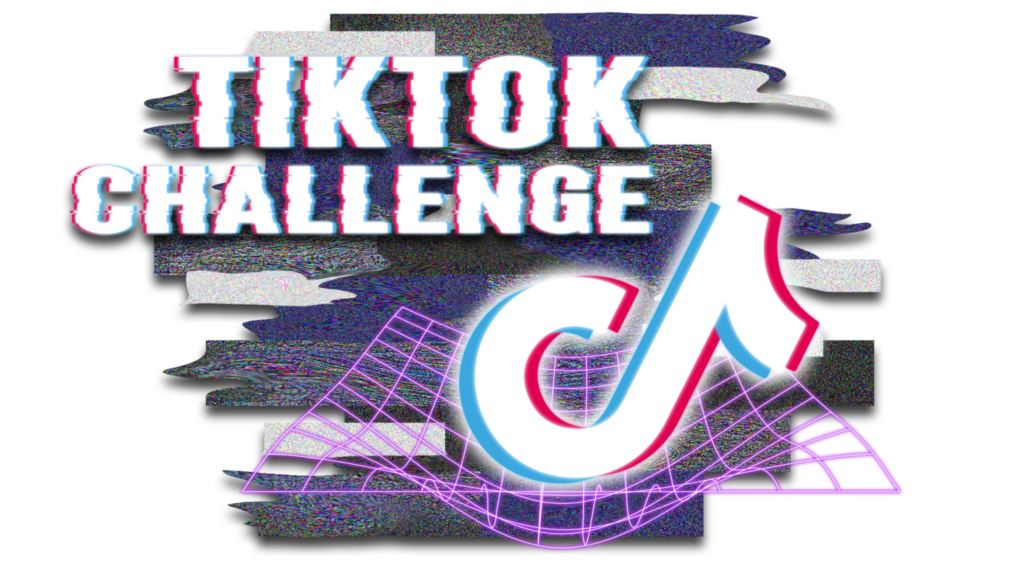
Conclusion
In conclusion, TikTok’s emergence as a news source underscores the transformative power of social media in shaping news consumption habits and public discourse. From its humble beginnings as a platform for viral dance challenges to its current iteration as a news aggregator and commentary hub, TikTok has redefined how we engage with news in the digital age. As the platform continues to evolve, its impact on the news landscape will undoubtedly grow, posing both opportunities and challenges for news organizations, creators, and users alike.

